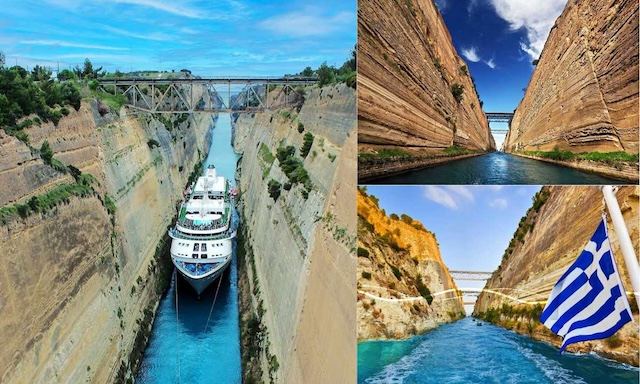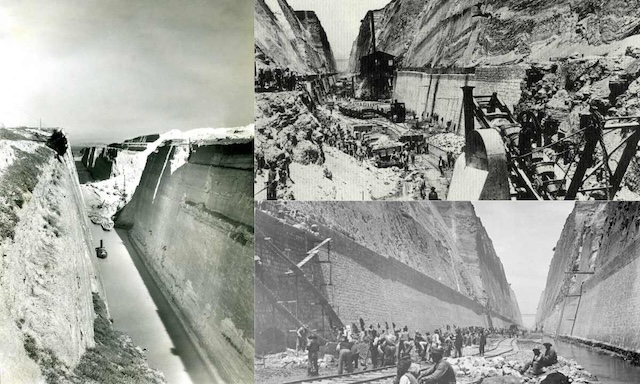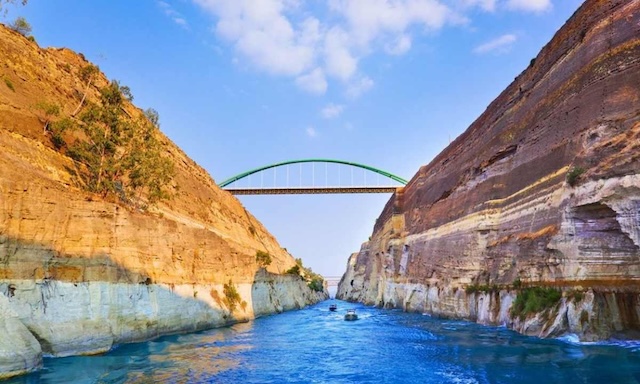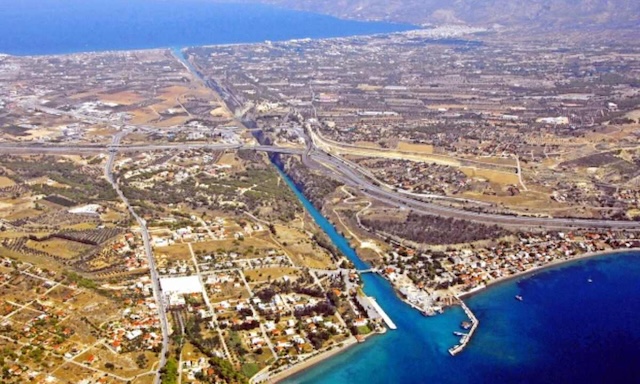The Corinth Canal, a narrow waterway in Greece, connects the Gulf of Corinth with the Saronic Gulf. Its construction spanned over 2,500 years, making it a historical and engineering marvel. Join us as we delve into the fascinating story of the Corinth Canal and its significance in maritime history.
Introduction to the Corinth Canal
The Corinth Canal is a remarkable man-made waterway located in Greece, connecting the Gulf of Corinth in the Ionian Sea with the Saronic Gulf in the Aegean Sea. Cutting through the narrow Isthmus of Corinth, this canal is not only a geographical marvel but also a historical one. What sets the Corinth Canal apart is its long and arduous journey to completion, spanning over 2,500 years.

Historical Significance of the Canal
The idea of constructing a canal through the Isthmus of Corinth dates back to ancient times. The first recorded attempt was made by the tyrant Periander in the 7th century BC, but the project was abandoned due to technical difficulties. Over the centuries, various rulers and empires, including the Romans and Byzantines, contemplated the construction of the canal, but it wasn’t until the late 19th century that the project finally came to fruition.

The Long Journey to Completion
The journey to complete the Corinth Canal was fraught with challenges and setbacks. The idea persisted through the ages, with significant efforts made during the reign of Emperor Nero in AD 67. However, it was not until 1881 that construction began in earnest under the direction of a French engineering company. The project faced numerous obstacles, including financial difficulties, geological challenges, and political instability. Finally, in 1893, after more than two millennia of attempts, the Corinth Canal was officially opened.

Engineering Marvels and Challenges
The construction of the Corinth Canal was an engineering marvel of its time. The canal stretches 6.4 kilometers (4 miles) in length and is only 21.3 meters (70 feet) wide at its base, making it one of the narrowest canals in the world. The steep limestone walls rise up to 79 meters (259 feet) above sea level, creating a dramatic and imposing sight. The narrow width of the canal presents navigational challenges, limiting its use to smaller ships and vessels.

Modern-Day Importance of the Canal
Despite its narrow width, the Corinth Canal remains an important maritime route, particularly for smaller ships and tourist vessels. It significantly reduces the travel distance for ships navigating between the Ionian and Aegean Seas, bypassing the lengthy and treacherous journey around the Peloponnese peninsula. The canal also serves as a popular tourist attraction, drawing visitors from around the world to witness its engineering brilliance and historical significance.

The Corinth Canal stands as a testament to human perseverance and ingenuity. Its completion, after more than 2,500 years of attempts, highlights the determination and vision of countless individuals throughout history. Today, the Corinth Canal continues to inspire awe and admiration, serving as a reminder of the incredible feats that can be achieved through persistence and innovation.


